When I was a kid, I actually invented hybrid cars. I thought – wouldn’t it be cool if when you slowed down, you could send power back to the battery. Of course my idea was essentially based on a perpetual motion machine where there is no friction or energy loss. I didn’t quite get the concept of the fact that tires rolling down the road actually is not very efficient, and that the sound of wind is actually drag slowing down your car. Some day, perhaps, we will have zero consumption cars that don’t require gas or plugged in electricity to run. Perhaps there is a rubber band big enough that I could twist up and get the car going and from then on, it just runs. Until then, we have only the latest advancements in hybrid and electric vehicles that boost your gas mileage to truly great numbers.
One of these vehicles that I recently tested is the 2012 Chevrolet Volt. It, however, is neither billed as an electric or a hybrid vehicle in my mind. A hybrid is a car that alternates between being power by gas or electricity, depending on the driving conditions. In slow conditions, like around the city in stop and go traffic, you rely on the electric motor to get you around, whereas when you hit the open road or need to accelerate, the gas-power engine kicks in. A purely electric car, on the other hand, does not have a gas motor to power it and typically has a much shorter range than a hybrid. The Chevy Volt is sort of a hybrid electric car in my mind.
The Volt has both an electric and gas powered engine, the difference being, you drive pretty much solely on electric power (with a little bit of assistance from the gas engine to keep the battery charging). You plug it in at night, either using a 120 or 240 volt connection, and off you go. On a full charge, you can drive about 30-40 miles depending on your driving habits, if you use climate control, the weather, and a few other factors. However, when your electric battery runs out, with the Volt, you are not dead in the water (or in this case, on the road) like you are with a traditional electric vehicle. Instead, the Volt shifts over to a gas powered engine to deliver a tiny bit of power to the drivetrain and the rest to charge the electric batter, which in turn, powers the engine. What this means is that on a “full tank of gas” (yes, you do have to fill up the gas tank occasionally), you can drive hundreds more miles, much the way you can with a traditional hybrid vehicle. I view the Volt as being that happy medium between a hybrid and an electric vehicle.
I really enjoyed the Volt actually. I wasn’t sure what to expect. I had driven hybrid vehicles and those are quite nice. The Volt is a bit different. For starters, I really liked the color of the model that I got to test drive – red, black and white – the colors of my logo and my blog. This car, from an aesthetics standpoint is appealing. The styling is great. It’s four-door which means that it’s easy for passengers to get in and out of. The only drawback for my family of 5 is that it is only a 4-seater. There is no way around that because there is a HUGE battery that runs the length of the car. So, every occupant has their own seat.
The cargo space is decent enough to carry the luggage for a regular trip. One thing to note, this is a hatchback, and, like other hybrid cars, there is only a canvas cover for the cargo area – you can’t really lock it down but this does save on the weight factor, something critical for all high-efficiency vehicles.
While I believe that most people will like the exterior styling of the Volt, I have a feeling that some people may not be as into the interior as I was, particularly around the controls near the driver. I liked the buttons which were mainly just bumps on a flat surface which react to a simple touch. The other way controls are done are with either knobs or via the touchscreen. For a “HighTechDad” like me, I was fine with that, for others, it may be just a bit too complicated or different.
Before I go into the drivability and the technology behind the car, check out this video (also available directly on YouTube here) of my walkthrough of the 2012 Chevy Volt.
[youtube]http://youtu.be/Lc8niHrXeSQ[/youtube]
One of the first things that I noticed about the Volt was how peppy it was. Driving via an electric engine allows for there to be quite a bit of torque, without the need to have a ton of horsepower. In fact, when comparing against other vehicles, you really need to take the Volt out for a test drive in order to feel the true acceleration. There are 3 driving modes as well: Normal, Sport and Mountain. I spent most of my time bouncing between Normal and Sport modes, with Sport delivering higher revs and responsiveness.
The Volt has a 16 kW/14Ah battery which weighs upwards of 400 lbs. The battery and electric motor combination deliver 149 hp and 273 lb/ft of torque. And what is interesting is how the charging and consumption processes are designed. When the battery depletes to a pre-engineered amount, the gas motor kicks in and powers a generator to extend the Volt’s range. Also, the vehicle uses the brakes to reclaim and regenerate power as the vehicle slows. There is an indicator (see the video above) that tells you if you are over-accelerating or braking as to get the most benefits, you need to be a balanced driver without a heavy foot on either the brake or accelerator.
It is interesting to have a car that has both a power plug and a gas cap. Inside the Volt, you have buttons to open both. You do, eventually, need to consume and cycle some of the gas in the tank as gas can go stale but the Volt manages this for you. If you drive exclusively on electrical power and never use the gas portion, the Volt will automatically consume some gas after a set amount of time and you will need to refill it with premium gas. It’s important to note that first you burn up the battery power using the electric engine, then when you hit a depletion threshold, the gas engine will fire up to maintain a predefined level of battery charge. You can’t fully charge the battery using the gas engine – the only way to get a full charge is by plugging the Volt into a power source.
For my testing, I didn’t have a high-output 240 volt plug so I used the 120 volt charger and cable that came with the loaner vehicle. Typically, I would drive around for a full day, first consuming all of the battery power and then moving to gas-driven electric power. At night, I would charge the Volt for about 5-6 hours to fully recharge the battery. The plug is fairly easy to attach but you have to be firm with the connection as my wife found out (she didn’t plug it in fully the first time she tried it and the car didn’t charge). There is even a built-in light on the end of the cord to help you at night. Once you plug in the cord, you will hear a honk from the Volt saying that it is properly connected and a green light on the dash will go on. To fill up the battery, depending on the time of day you are charging (if you are on a metered rate) and your rates, you can probably fully charge the battery for just a couple of dollars.
In terms of the car tech, there is lots of it to enjoy. While initially distracting, at least for me, I was able to understand things after a few hours of driving. One thing that you need to understand is that based on your driving style and how you use the environmental controls, you can definitely affect your performance and gas mileage. For example, if it is cold outside, it is more efficient to use the front-seat heaters than it is to use the environmental controls to warm up the cabin. This is because the heaters use pure electricity while the forced air has motors to blow the air as well as it needs to heat the air (typically done by using heat put off by a combustion engine). Luckily, there are gauges and visuals to help you figure out what your best efficiency is.
Above, you can see two important gauges (this picture was taken while not driving). Based on your driving style and how you set the environmental controls, you can really dial in the best options for you.
The picture above shows your MPG as calculated based on your current trip as well as overall. As I had just charged the Volt, 100% of the consumption is electric and I was getting over 250 MPG. The “Lifetime” meter shows a really great average of 50.3 MPG which is a combination of electric and gas mileage. Once you start driving and move into the gas consumption phase, you will see a split on how the energy is being consumed. Again, take a look at the video above for more detail.
The speedometer gauge area has a lot of important information as well. On the right is the “eco ball.” As you accelerate, it moves up and as you brake, it moves down. Ideally, you want to keep it centered which takes some practice. On the left, you see the battery charge and the estimated number of miles you can go on purely electric. Above that is the gas gauge which shows how much gas is in your tank and how many miles you can go on gas. The combined mileage is at the bottom left. As you move from battery to gas, the pump gauge moves down. There are many other gauges that you can dial through at the bottom as well to give you odometer, navigation info, tire pressure and more.
If you want to see more pictures of the 2012 Chevy Volt, you can take a look at my Flickr set here or watch the video slideshow below (also available on YouTube):
[youtube]http://youtu.be/bAPDmljTvYY[/youtube]
Overall, I quite enjoyed the ride, styling and technology of the “electrifying” Chevy Volt. I believe that as the battery technology improves, the drag coefficient is reduced and other refinements are made, the Chevy Volt will become an even more viable option for consumers looking to be energy conscious when choosing their next vehicle. With an MSRP of $39,145 (the model I tested topped out at $44,970), it is a bit pricy but in-line with other hybrid or electric cars, but remember, there are Federal and State incentives that will bring the price down (check with your dealer) and over the long haul (literally), you will start saving in your gas as well.
Disclosure Text: Apart from the 7-day loan of the 2012 Chevrolet Volt, I have not received any compensation for writing this content and I have no material connection to the brands, topics and/or products that are mentioned herein. More information can be found in my About page as well as here.
HTD says: If you have the chance to test drive the Chevrolet Volt, definitely do it. You are in for a environmentally friendly surprise!
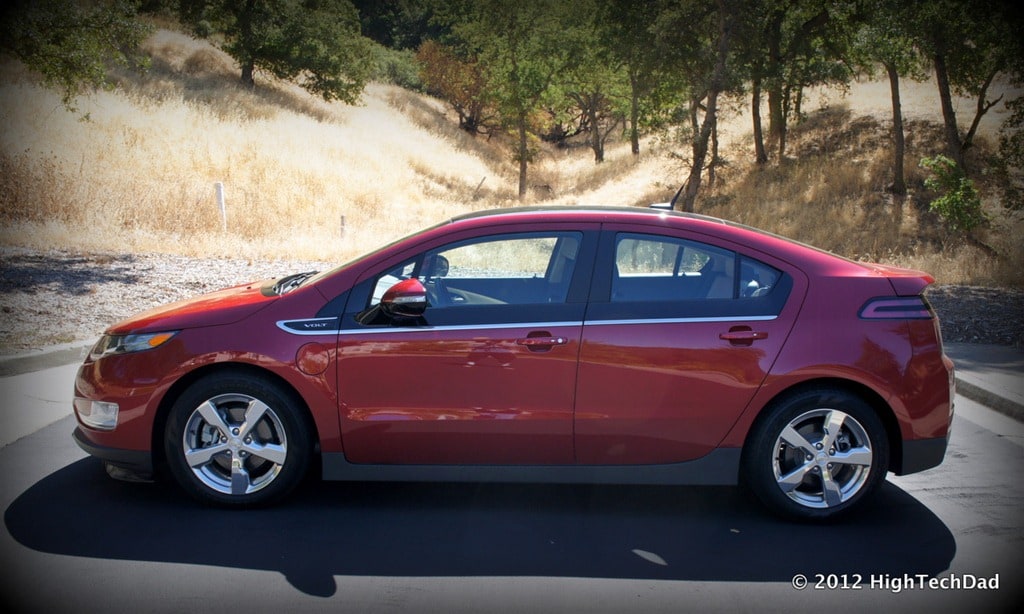
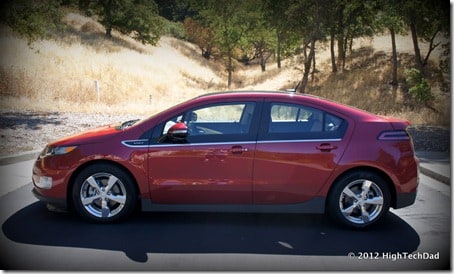
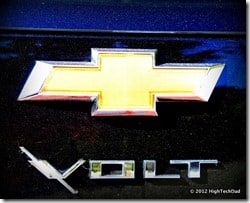

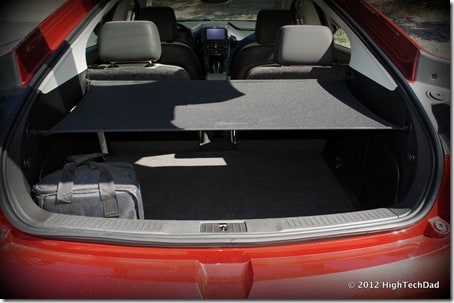
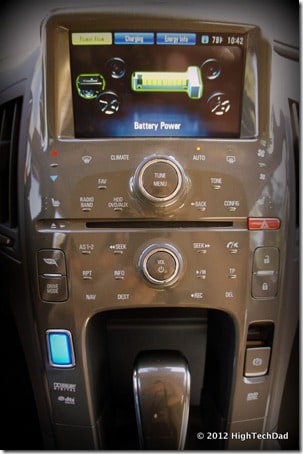
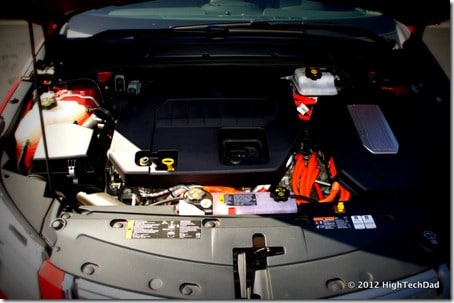
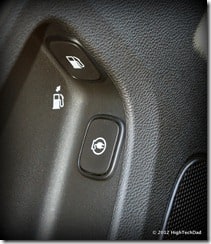
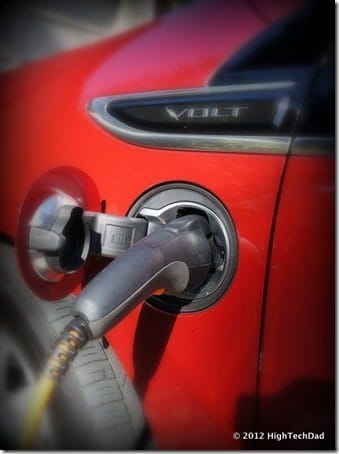
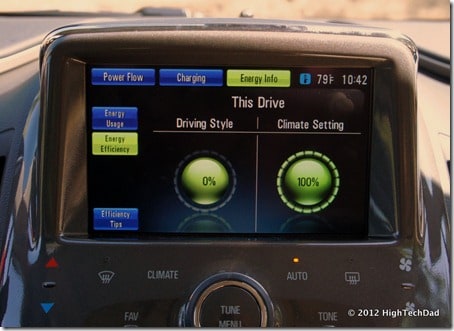
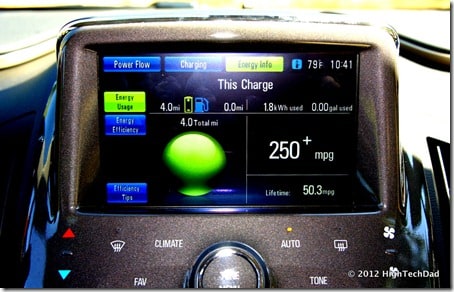
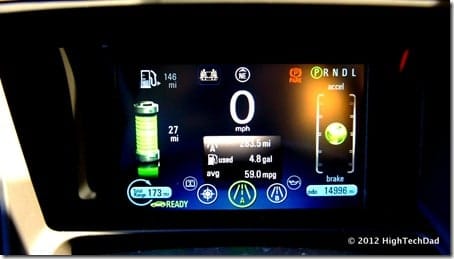
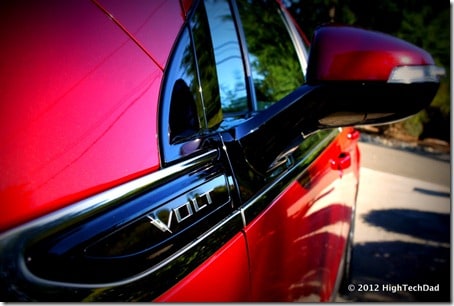


2 comments
Gregory
Hi!
Albeit this now ten years later; the way that you present your well organized and sensible logic on the then new Chevy Volt; makes me very happy indeed. No audio annoyances, ghost ads, or silly “gotcha now so you’re gonna get it” pesky SEO stuff.
Thanks HTD!
Shames' SplashStories
This is an excellent analysis of the Volt and is consistent with my findings (I’ve owned two Volts) that I’ve published at http://www.sandiegocan.org/2014/06/30/chevy-volt-vs-toyota-prius-and-the-winner-is/. Just a note: the price of the Volt has dropped since 2012. My last Volt I purchased cost me $24,000 out of pocket — cheaper than a Prius.